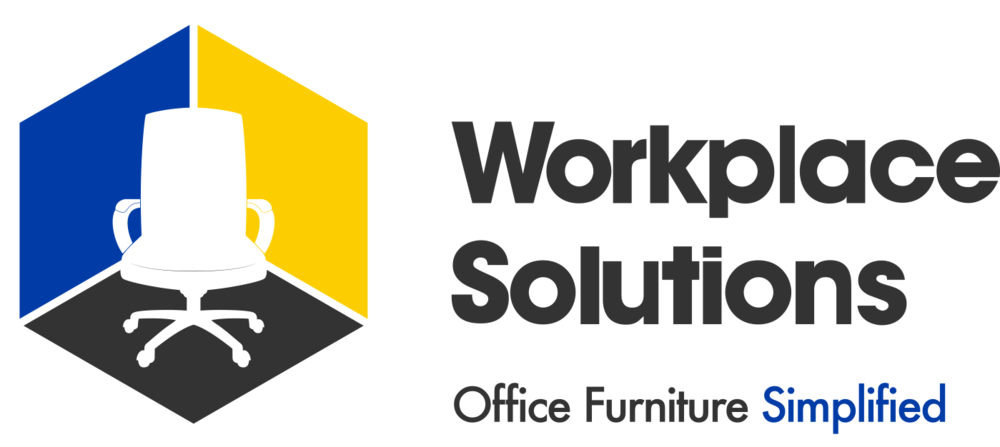Original article by JLL
The last few years have seen massive disruption for companies around the world. Real estate and its impact on productivity have come under the spotlight as never before, with both employees and leaders re-evaluating the future of work.
For many companies, time’s up on the wait-and-see approach for offices. Despite still grappling with operationalizing hybrid and a raft of political, economic and social challenges, they’re starting to formulate longer-term strategies.
With the need for flexibility and ESG commitments paramount, those strategies range from site consolidations and optimizations, to investing in higher quality sites, amenities and reconfigurable workspaces.
But according to a recent Financial Times panel discussion, the common point is that they’re being tailored to what companies in different sectors need, balancing the requirements of the organization with the preferences of their workforce.
“What’s clear is that organizations now realize the immense potential of the built environment to drive positive change and fuel growth,” says Sue Asprey Price, JLL EMEA Work Dynamics CEO, speaking at the event. She added that as markets seek a path to stability, the purpose of real estate in supporting the resilience of businesses has never been more critical.
Experts on the panel from Sanofi, EY, Legal & General Investment Management, Deutsche Bank and Aon mostly agreed while discussing how companies and investors are starting to use portfolios to thrive through uncertainty, and how robust corporate real estate strategies can contribute to tackling environmental and social goals while shaping the future of CBDs.
From utility to purpose
When it comes to driving business objectives, areas under the most scrutiny were workforce (44%) and portfolio size (31%), according to the audience poll.
And while corporates look to right-size space, they’re still competing for the best talent to give them that all important competitive edge. Panellists explained that listening to employee needs is therefore more vital than ever – and what’s coming through loud and clear is the need for flexibility.
“With hybrid work here to stay, the nature of real estate is shifting from being utility-led to purpose-driven,” says Asprey Price.
And it seems that purpose is crystalizing around driving organizational culture and increased opportunities for collaboration.
Fernando Campos, CEO of Health Solutions at Aon, points out that rising mental health issues, AI and fake news, mean the purpose of the office is increasingly about facilitating those all-important human interactions and connections so vital to employee wellbeing.
Creating spaces worth the commute with thoughtful, flexible office design, is key to enabling both the formal and informal get-togethers that deepen bonds with colleagues and create a sense of belonging, says Asprey Price.
That means reshaping the design, footprint and style of spaces, moving away from ‘one employee, one desk’, to delivering a new employee value proposition focused on experience and collaboration, allowing new ideas to flourish.
It’s what TravelPerk, a fast-growing global travel management platform set out to achieve with their new HQ in Barcelona. They wanted a space that would capture company strategy and help create a strong culture to ultimately help the business thrive.
Each floor is designed around the needs of the team it supports, with spaces for individual and collective work, including large terraces designed to foster productivity, social interaction and collaboration.
As companies move forward with renewed purpose, JLL’s Asprey Price says it’s sustainable, inclusive, people-centric real estate that will be at the heart of successful corporate strategies.
“It’s key to unlocking future growth and will help firms successfully navigate uncertainty,” she says.

